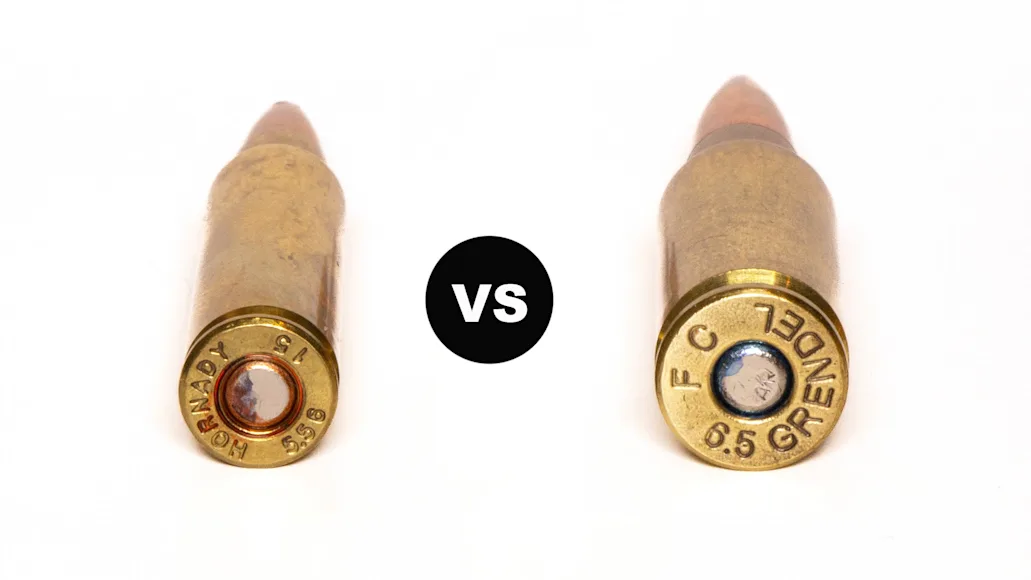_We may earn revenue from the products available on this page and participate in affiliate programs. Learn more ›
_
If you’re pondering the 6.5 Grendel vs. 5.56 NATO question, you’re most likely trying to decide which cartridge your new modern sporting rifle (MSR) should fire, as these are two of the most popular chamberings offered for the AR-15. The 5.56 NATO is generally considered one of the best tactical/all-purpose cartridges for the platform, and the 6.5 Grendel is often touted as one of the best for hunting or for shooting at distance. To get a full understanding of the differences between the 6.5 Grendel vs 5.56, let’s look at their history and dig into the details.
6.5 Grendel vs 5.56 NATO Basic Comparison
First, a quick overview. While the two cartridge are the same overall length, the 6.5 Grendel shoots heavier bullets and has a shorter, fatter case, with a larger rim diameter. As mentioned, both are compatible with AR-15 rifles, but because of its larger rim diameter, the Grendel requires a bolt with a larger face and uses different magazines. The 5.56 shoots lighter bullets at generally higher pressures. Here’s a quick rundown of the physical differences.
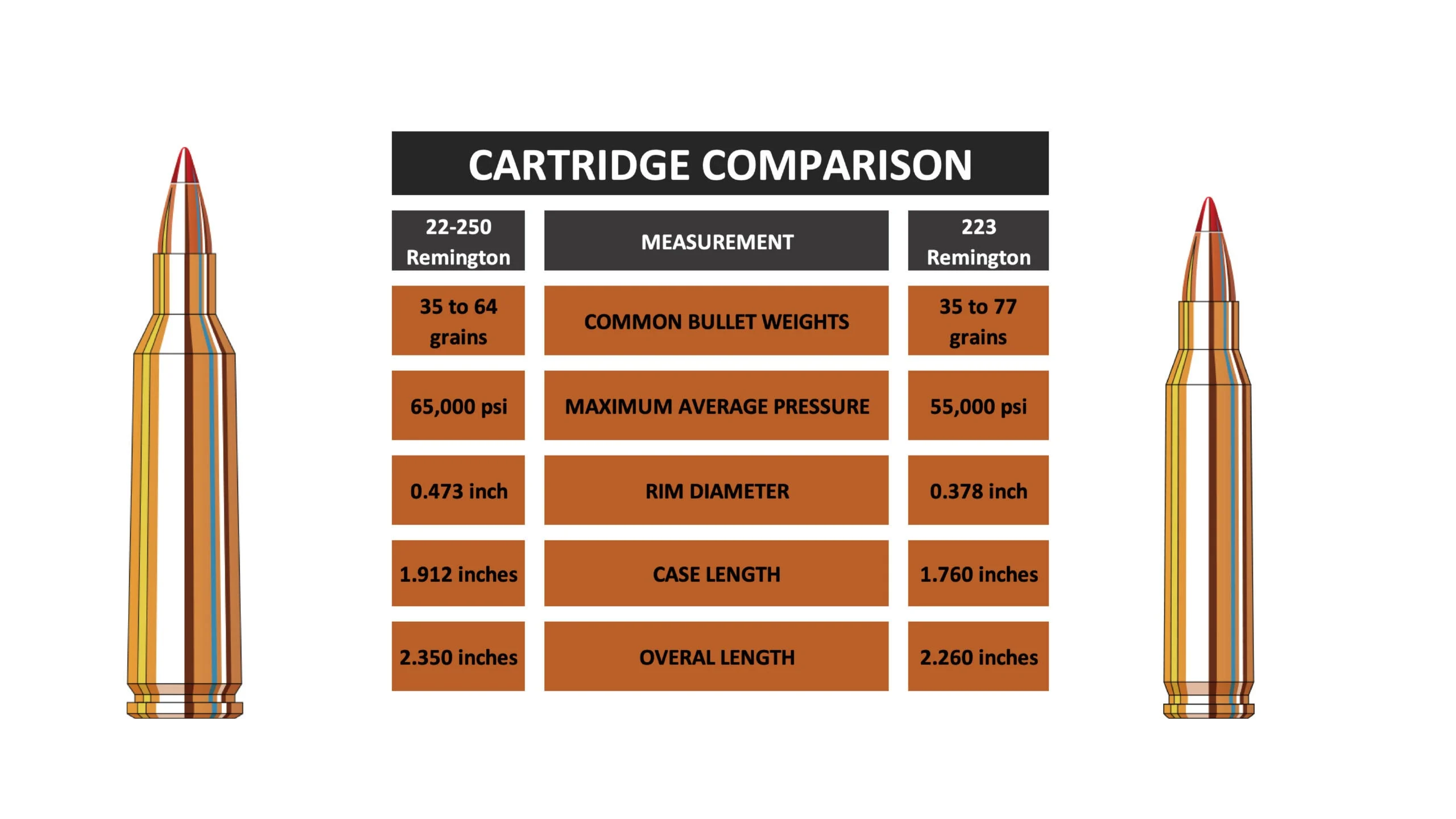
The 6.5 Grendel Overview
The 6.5 Grendel has an interesting story. It was created by Bill Alexander of Alexander Arms and introduced in 2003. However, Alexander Arms did not submit the cartridge to the Sporting Arms and Ammunition Manufacturers Institute (SAAMI)
. SAAMI sets the ballistic and manufacturing standards for firearms and ammunition companies to follow, and these standards are what allows ammunition—regardless of when it was made or who made it—to work in your rifle. Without SAAMI standards for the 6.5 Grendel, rifle and ammunition manufactures were reluctant to offer rifles and ammo for it. Because of this, up until 2010, when the Grendel was finally submitted to and approved by SAAMI, it had a mostly cult-like following. But its popularity skyrocketed after 2010, and it’s now commonly seen in ARs and even bolt-action rifles.
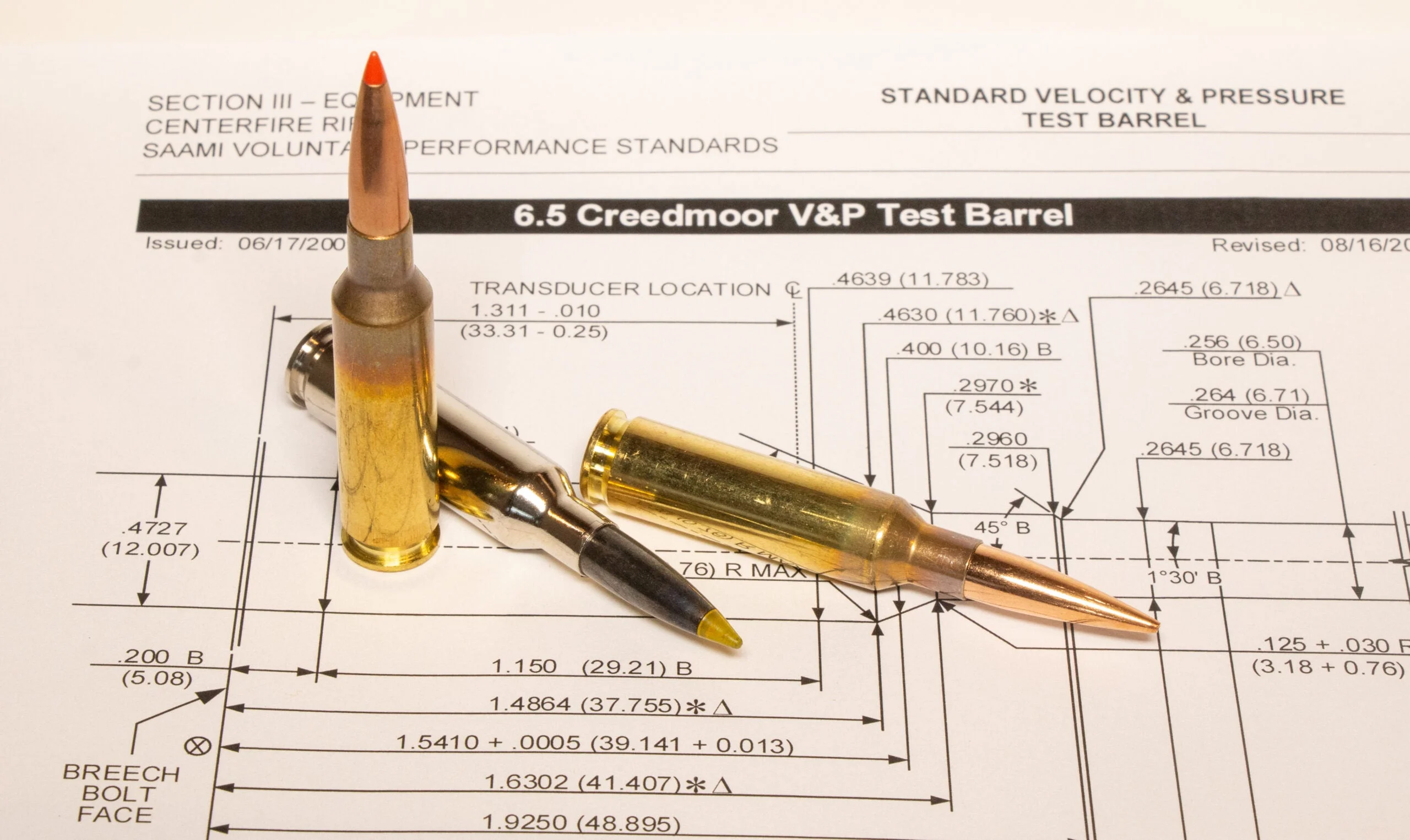
The 6.5 Creedmoor and .260 Remington are both capable long-range hunting and competition cartridges
Even though there are only just over a dozen factory loads for the 6.5 Grendel, most are suitable for hunting Richard Mann
The 6.5 Grendel was created by altering the 220 Russian cartridge case, which is a derivative of the famous 7.62×39 Russian cartridge of AK-47 fame. The case was necked up to accept a 0.264-inch diameter bullet just like the 6.5 Creedmoor, but at a much slower velocity. You can covert a standard AR-15 in 5.56 NATO or 223 Remington to a 6.5 Grendel, but you will need a new barrel, a new bolt, and different magazines.
The 5.56×45 NATO Overview
The 5.56×45 NATO cartridge is a military derivative of the 223 Remington, which was standardized by NATO in 1979. The 5.56 and 223 share the same external dimensions, and it’s completely safe to fire 223 Remington ammunition in a rifle chambered for the 5.56 NATO. However, it is generally considered unsafe to shoot 5.56 NATO ammunition in a rifle chambered for the 223 Remington, primarily because 5.56 NATO ammunition is loaded to higher pressures. However, some 223 Remington rifles have the hybrid “Wylde” chamber, and with it, it is safe to shoot 5.56 NATO ammo in a 223 Remington rifle. (I wrote a full article about this and other 5.56 NATO vs 223 Remington considerations here.
)
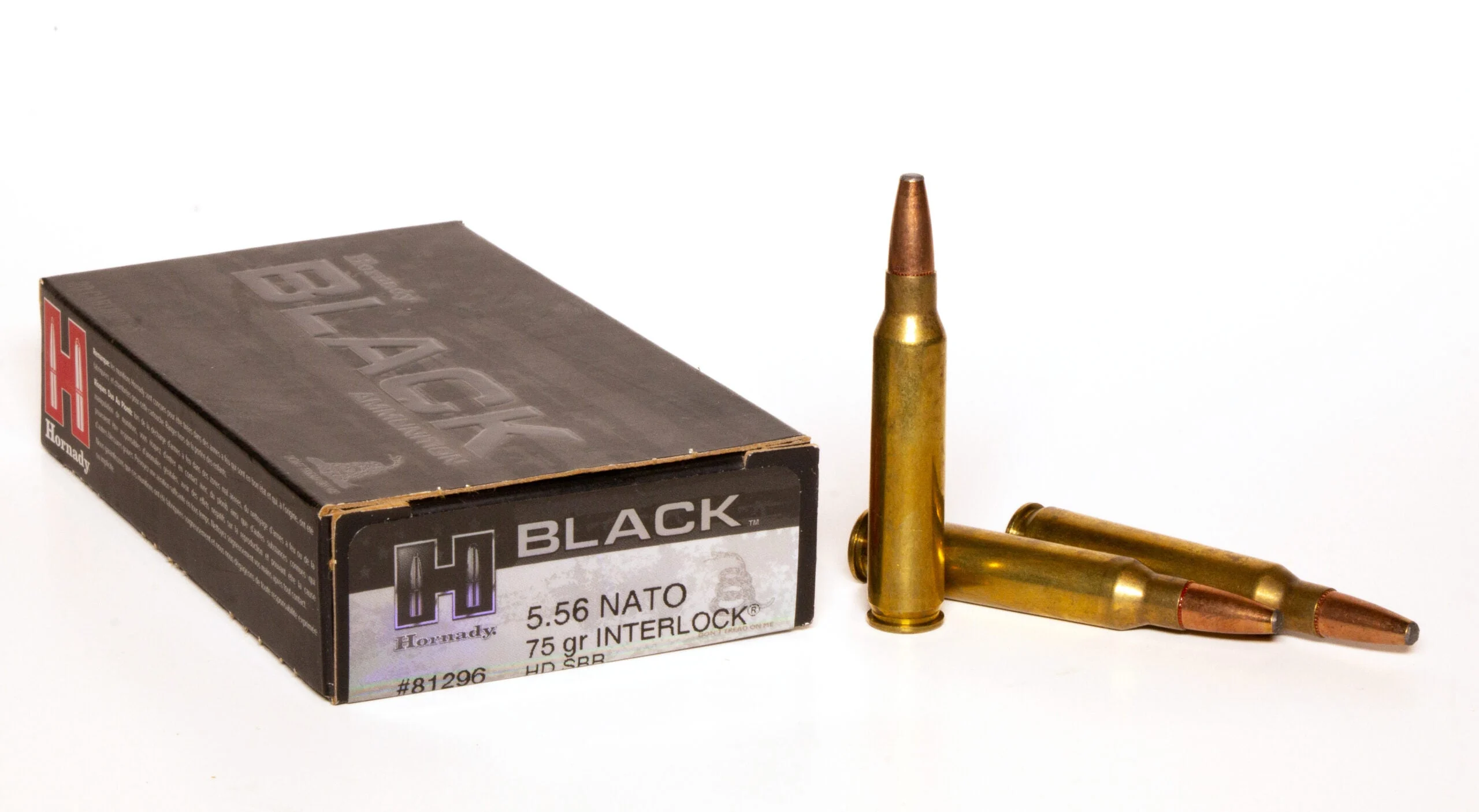
There are more than two dozen factory loads for the 5.56 NATO, and several are suitable for hunting. Richard Mann
There’s a wide selection of 223 Remington ammunition, and though it can be safely fired in a 5.56 NATO rifle, the chamber in a standard 5.56 NATO rifle has a longer lead, and this can result in less than stellar accuracy. Also, the selection of 5.56 NATO ammo is not as extensive as it is for the 223 Remington, and most 5.56 NATO loads are configured for recreational or match target shooting. That said, options are expanding and more hunting loads for the 5.56 NATO are being offered every year. Just last year, Hornady introduced a new load for the 5.56 NATO that utilizes their new CX (copper alloy expanding) hunting bullet, for example.
6.5 Grendel vs 5.56: Ballistic Comparison
As you can see in the chart below, the 5.56 NATO wins the speed race while the 6.5 Grendel hits harder, and both cartridges have similar trajectories out to around 500 yards.

As with most cartridge comparisons, however, these often-referenced ballistic numbers do not tell the full story. So, let’s look a little deeper at the 6.5 Grendel vs 5.56 question to figure out which one is actually right for you.
6.5 Grendel vs 5.56: Trajectory and Wind Drift
With most loads, you will see a flatter trajectory with the 5.56 NATO, at least out to 500 yards. However, trajectory is only one consideration when it comes to external ballistics, and it is also the easiest to compensate for. Wind drift is what makes shooting at distance difficult because your ability to correct for it is dependent on your ability to estimate wind direction and speed. This is where the 6.5 Grendel has an advantage. Because it fires bullets with a higher ballistic coefficient (BC), at distance, you can realize as much as 40 percent less wind drift with the 6.5 Grendel. This makes wind estimation less critical with the Grendel, which makes it a better option for long-range accuracy.
6.5 Grendel vs 5.56: Energy
Many consider kinetic energy a good indicator of a cartridge’s suitability for hunting because it speaks to the power of the cartridge. To some extent this is true, but energy alone—without consideration of bullet design and performance on impact—does not provide enough information. Most 6.5 Grendel loads generate about 50 percent more kinetic energy than the 5.56 NATO, and because of their higher BC, bullets fired from the Grendel also retain energy better. However, impact velocities can be as much as 20 percent slower with the Grendel, and this can rob some of Grendel’s 50-percent energy advantage when comparing like bullets. That doesn’t mean the 5.56 is better; it just means that you need to take impact velocities and bullet design into account to make sure there will be enough bullet upset for quick kills at specific ranges.
6.5 Grendel vs 5.56: Recoil
One thing muzzle energy does correlate well with is recoil. You know the old saying, for each and every action, there is an equal and opposite reaction. Because the 6.5 Grendel generates about 50 percent more energy at the muzzle, it will recoil with about twice as hard as a 5.56 NATO with rifles of the same weight. However, even with its hardest hitting loads, you’re still looking at a recoil impulse of less than 10 foot-pounds out of a 7 pound rifle. For most shooters, even those of smaller stature, this is not enough to matter.
Cost to Shoot
The cost of ammunition should always be a consideration when comparing cartridges, because the more you can afford to shoot a rifle, the more you can enjoy it. With recreational target ammunition, you can shoot a 5.56 NATO rifle about twice as much as you can shoot a 6.5 Grendel for the same amount of money. With premium hunting loads, 5.56 NATO ammunition prices will run between 15 and 30 percent less expensive than those for the Grendel. When it comes to match quality target loads for both, the prices are more comparable.
6.5 Grendel vs 5.56: Which Is Best for You?
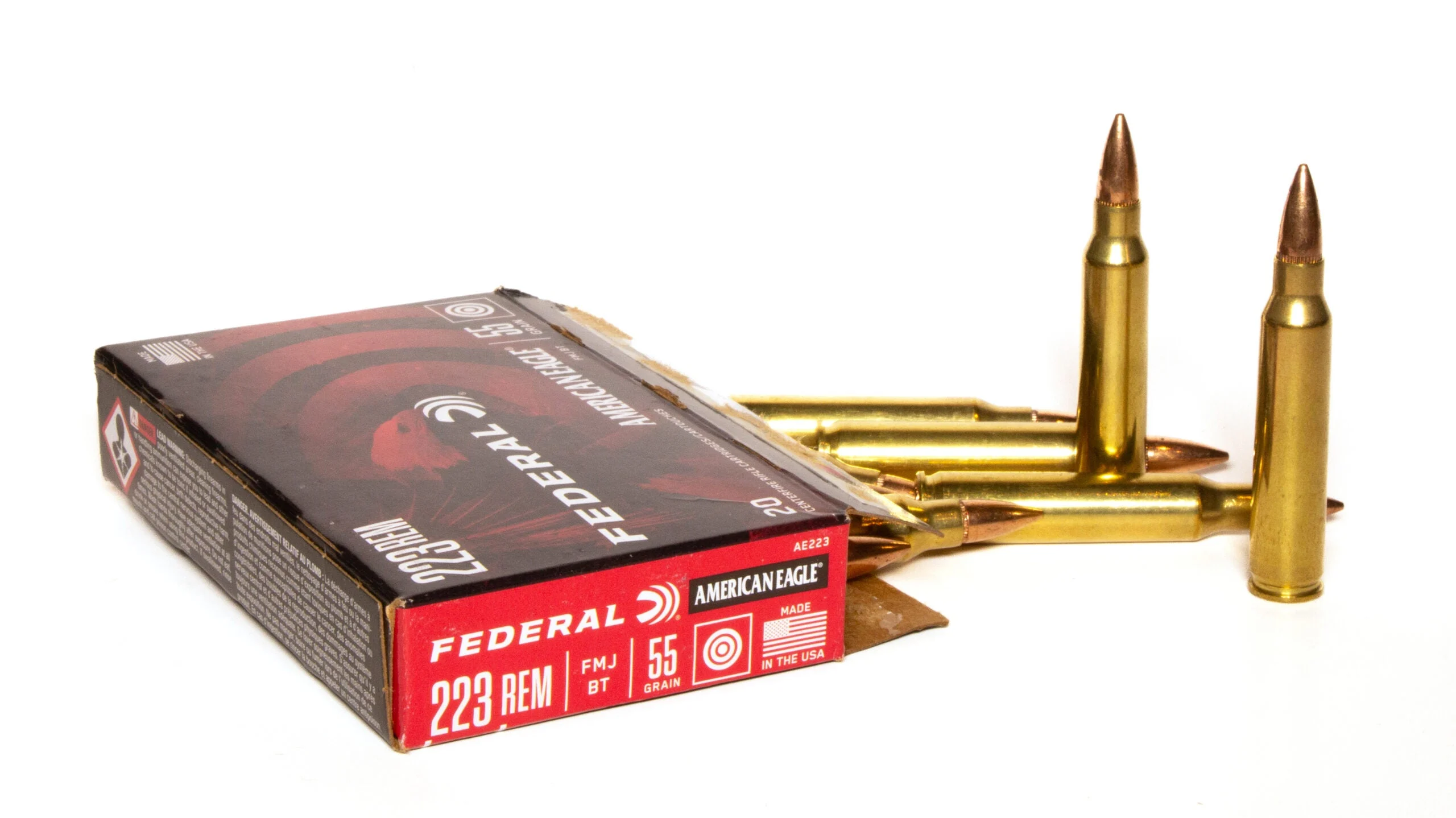
One advantage of a 5.56 NATO rifle is that it can also fire 223 Remington ammunition. Richard Mann
For the recreational shooter, the 5.56 NATO has an advantage because it’s more economical to shoot and because it can also use 223 Remington ammunition. As a personal-protection rifle for home defense, the 5.56 NATO is more than suitable, and there are more and better ammunition options in 5.56 NATO/223 Remington for that application. For big-game hunting, the 6.5 Grendel will be legal in a few more states, and for varmint or predator hunting, both cartridges should serve you equally well. The Grendel’s real advantage is at distance where its higher-BC bullets make wind estimation less critical.
Of course, just like when comparing most any two cartridges that are compatible with the highly modular and adaptable MSR/AR-15 platform, you could have a complete upper receiver for both. This would allow you to switch between the 5.56 and 6.5 Grendel quickly and as your needs demand. Versatility like that is the beauty of the MSR, and one of the reasons it’s so popular.

